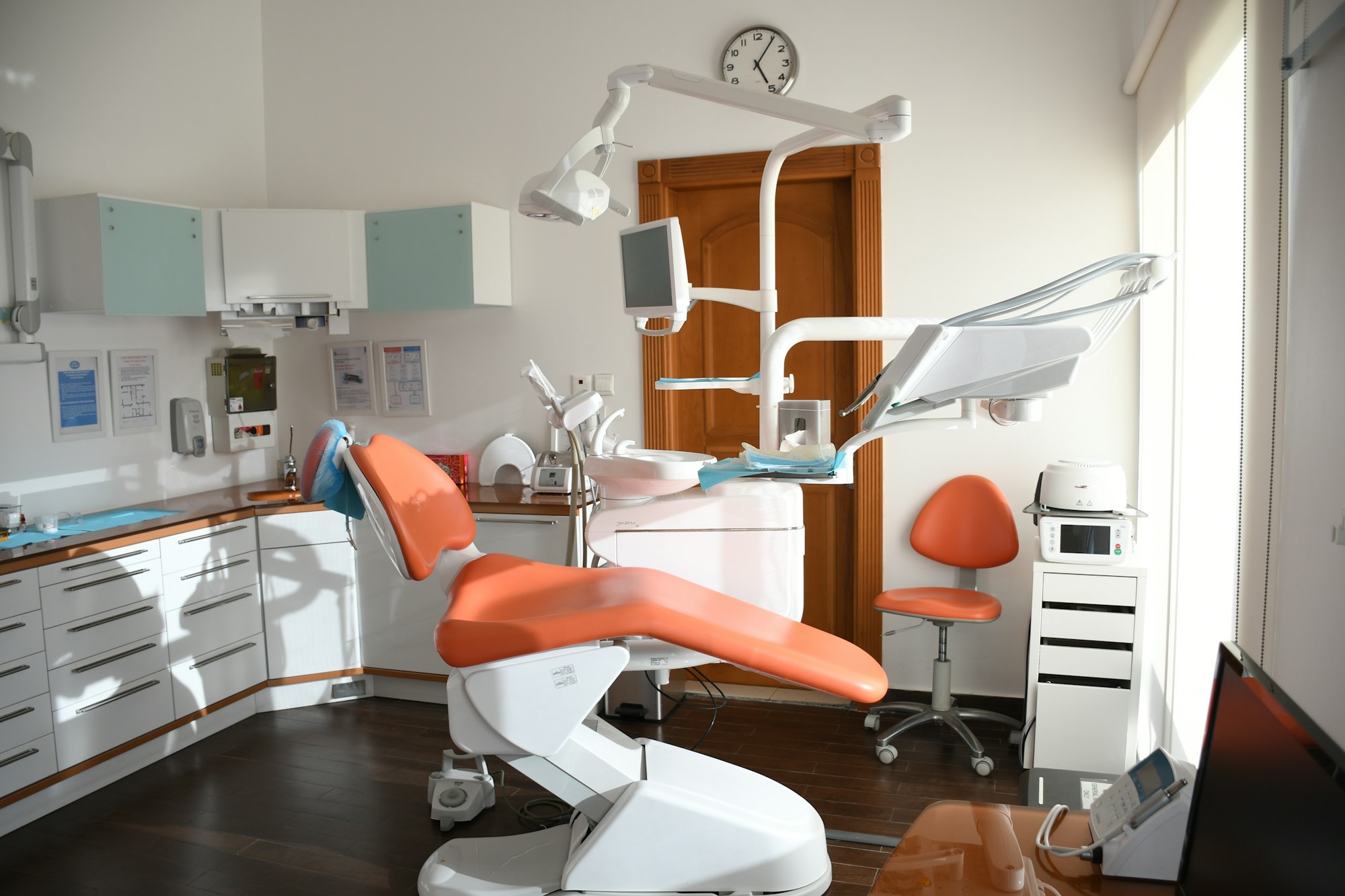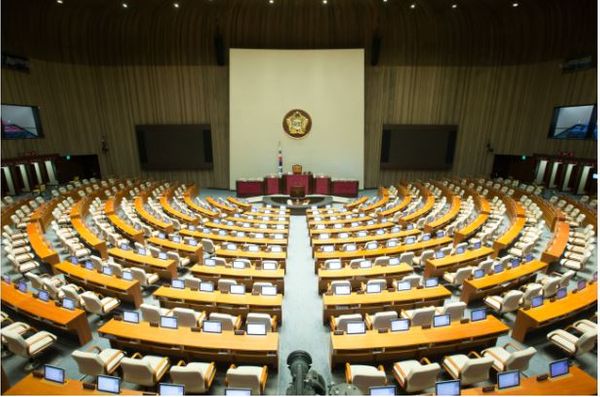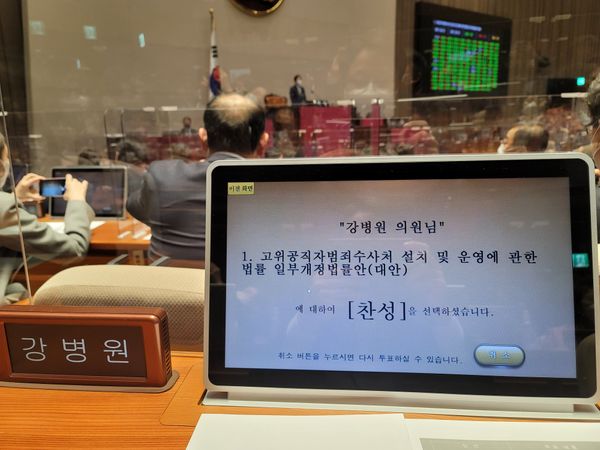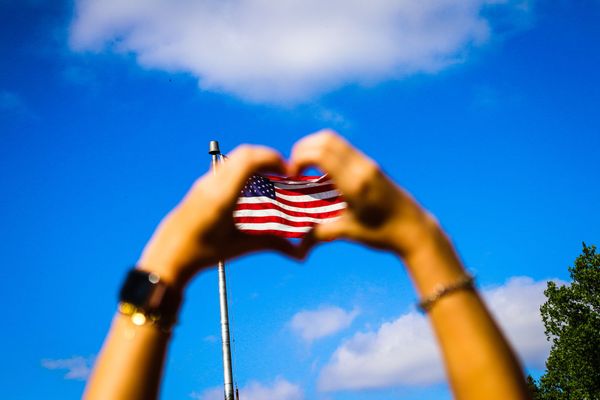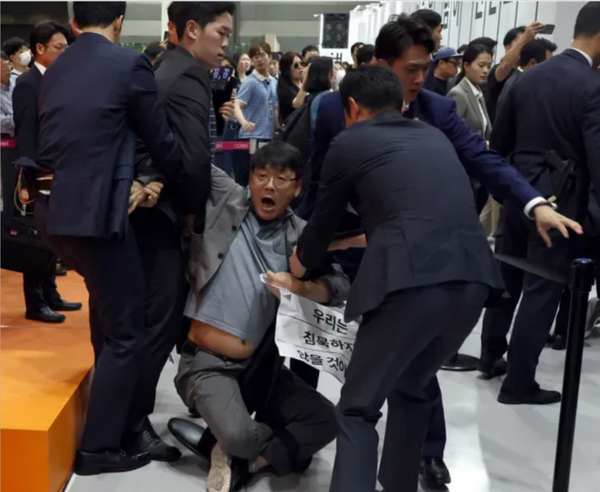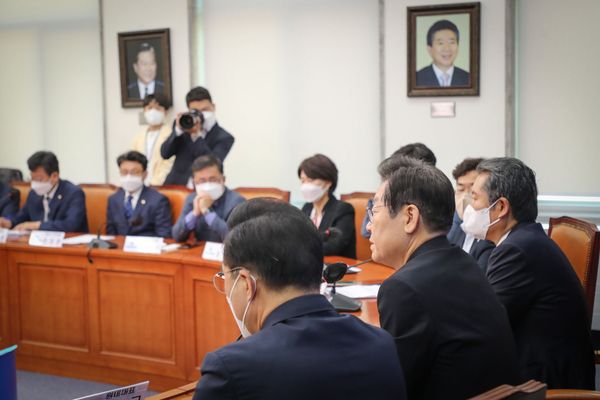Credit: Public domain.
Inequality often shows in personal health. In South Korea, oral health is often the starkest indicator of inequality, according to a recent article by Kim Won-jin 김원진 and Song Yun-gyeong 송윤경 at Kyunghyang Shinmun 경향신문.
Although Korea boasts an excellent single-payer national health insurance which covers approximately 64% of all costs of medical care, the national health insurance only covers 32% of dental care, making it prohibitively expensive for those with low income to visit a dentist.
Among seniors over 65 years of age, the average number of teeth for the top 20% in income was 20.6, while the bottom 20% in income only had 15 teeth on average. Among children under 18, only 5.9% of the top 20% in income had never visited the dentist; for children in the bottom 20% in income, the percentage was 16.9%.
The COVID-19 pandemic is likely to make this inequality worse, as it adds another reason not to visit the dentist.


